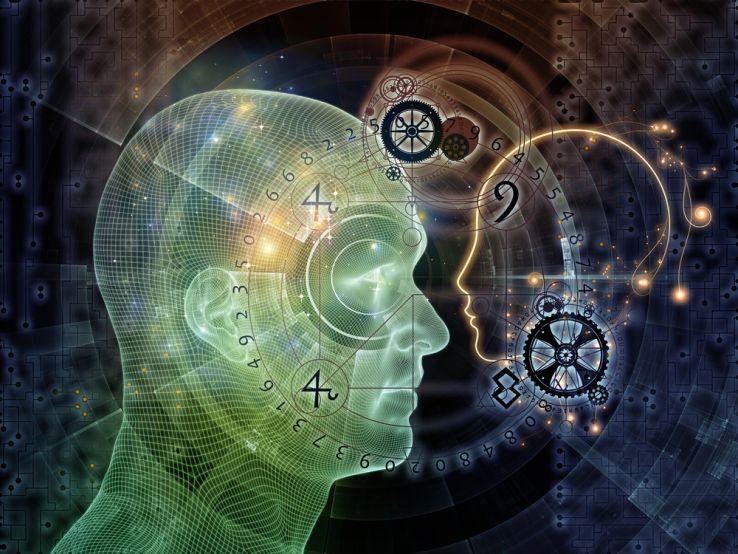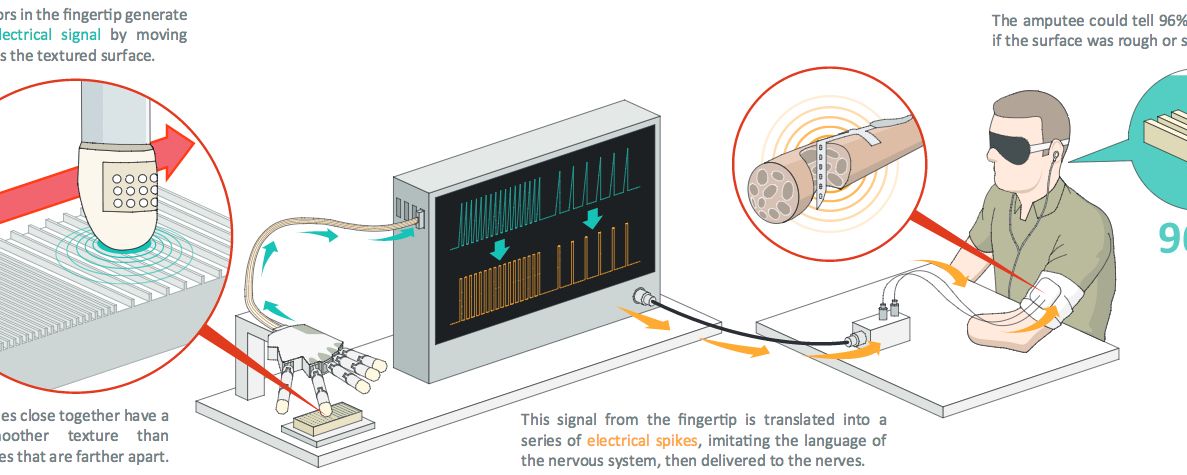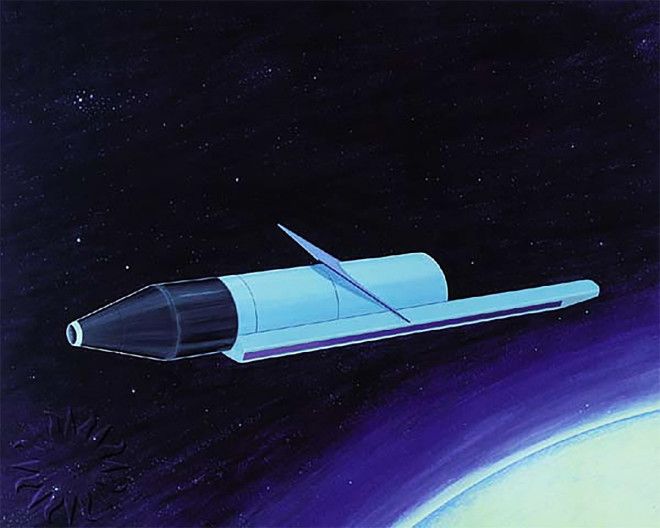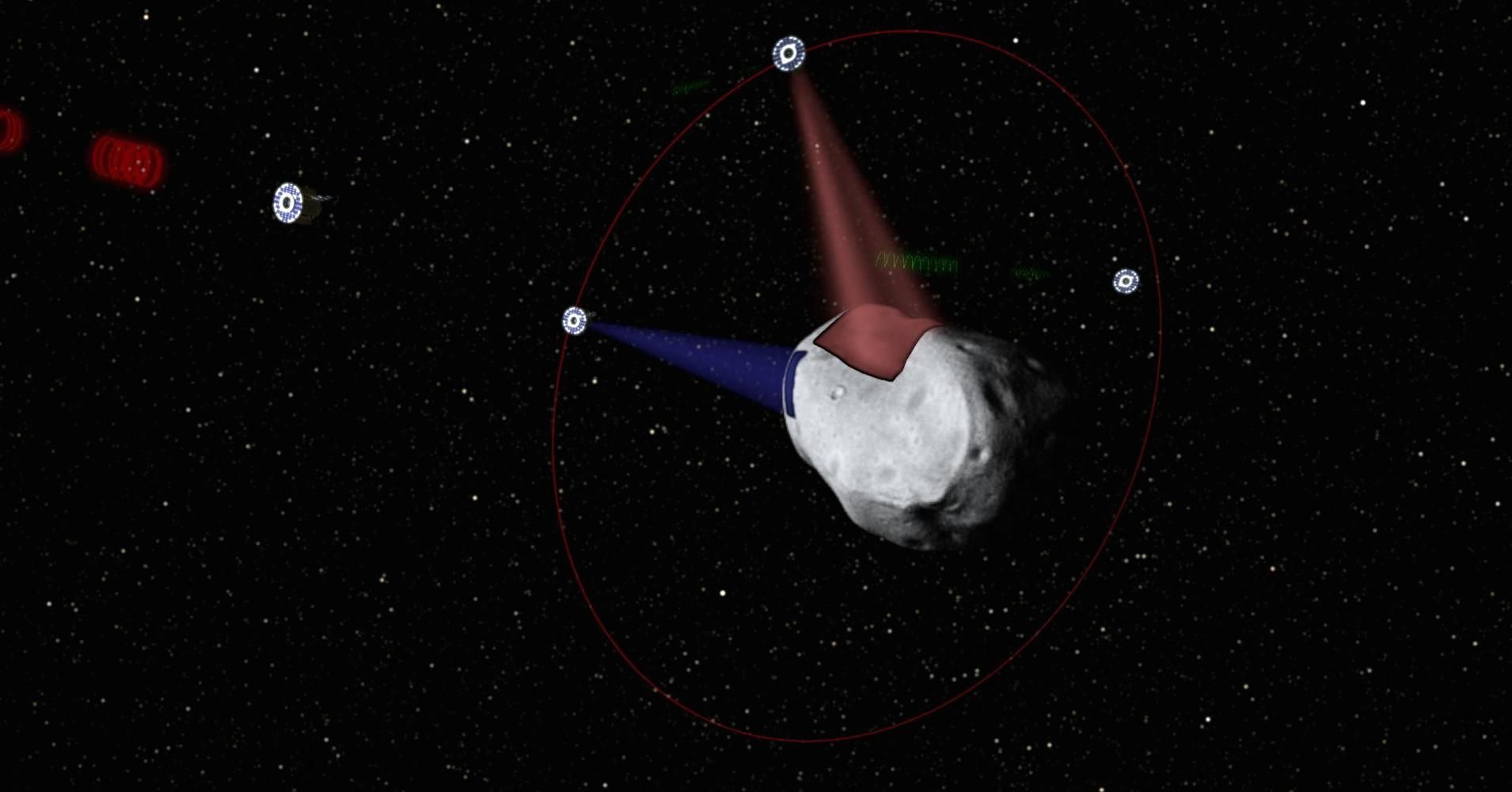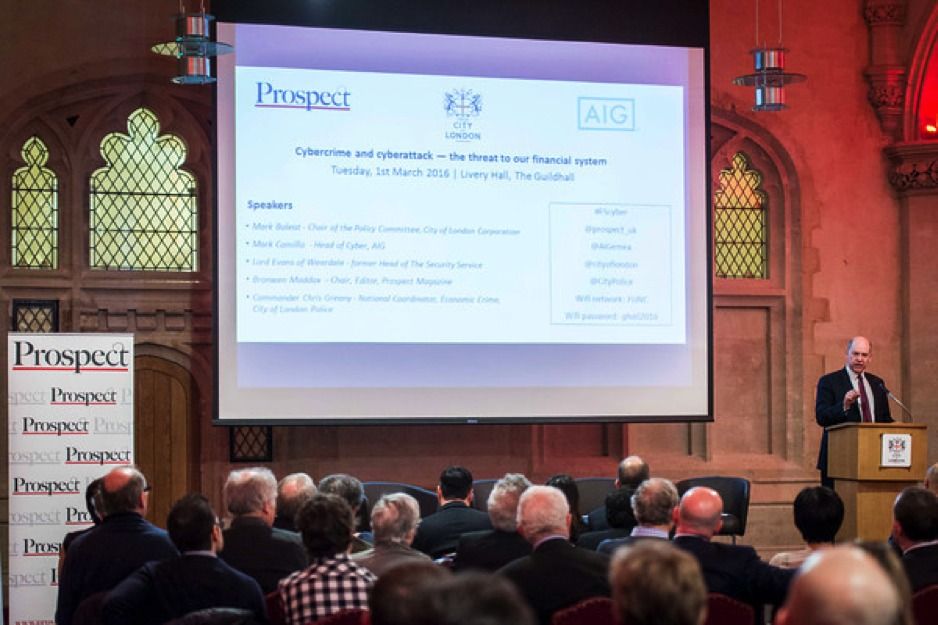Page 11289
Mar 11, 2016
Can we build quantum-resistant encryption?
Posted by Karen Hurst in categories: computing, encryption, engineering, finance, government, internet, quantum physics
I do believe we’re within a 7 to 8 yr window at this point with Quantum hitting the broader main stream computing infrastructure. However, we have banks in Europe that have been using the technology for network communications, Los Alamos Labs experimenting since late 2011 with Quantum Internet, now China is launching their own Quantum Satellite for wireless communications; so I do suggest a strategy needs to be developed over the next 2 to 3 yrs for government & industry around how to manage & plan for deployment of Quantum especially with China & Russia’s interest.
New research demonstrating that quantum computing is now just an engineering challenge moves the possibility of encryption-cracking machines to the front burner.
Mar 11, 2016
AI is closer than we know
Posted by Karen Hurst in categories: Elon Musk, information science, quantum physics, robotics/AI
Google, AI, and Quantum — Google believes deep learning is not suitable on Quantum. Not so sure that I agree with this position because deep learning in principle is “a series of complex algorithms that attempt to model high-level abstractions in data by using multiple processing layers with complex structures” — the beauty around quantum is it’s performance in processing of vast sets of information and complex algorithms. Maybe they meant to say at this point they have not resolved that piece for AI.
Artificial intelligence is one of the hottest subjects these days, and recent advances in technology make AI even closer to reality than most of us can imagine.
The subject really got traction when Stephen Hawking, Elon Musk and more than 1,000 AI and robotics researchers signed an open letter issuing a warning regarding the use of AI in weapons development last year. The following month, BAE Systems unveiled Taranis, the most advanced autonomous UAV ever created; there are currently 40 countries working on the deployment of AI in weapons development.
Mar 11, 2016
Chinese scientists realize quantum simulation of the Unruh effect
Posted by Karen Hurst in categories: computing, cosmology, electronics, particle physics, quantum physics
Quantum mechanics and relativity theory are two pillars of modern physics. With their amalgamation, many novel phenomena have been identified. For example, the Unruh effect [1] is one of the most significant outcomes of the quantum field theory. This effect serves as an important tool to investigate phenomena such as thermal emission of particles from black holes and cosmological horizons [2]. It has been 40 years since the discovery of the Unruh effect, however, this effect is too weak to be observed with current technique. There have been a lot of attempts in searching for the observational evidence of the Unruh effect and in general the experimental observation is still of great challenge. To address this issue, quantum simulators [3, 4] may provide a promising approach. Quantum simulation is widely applied for simulating the quantum systems which cannot be efficiently simulated by classical computers or are not directly tractable by the current techniques in the laboratory.
The researchers, led by Prof. Jiangfeng Du from University of Science and Technology of China, reported an experimental simulation of the Unruh effect with an NMR quantum simulator [5]. The experiments were performed on a Bruker Avance III 400MHz spectrometer. The researchers used a sample of 13C, 1H and 19F nuclear spins in chloroform as the NMR quantum simulator, as shown in Figure 1(a). The simulated Unruh effect on the quantum states can be realized by the pulse sequence acting on the sample, as depicted in Figure 1(b). By the quantum simulator, they experimentally demonstrated the behavior of Unruh temperature with acceleration, which agrees nicely with the theoretical prediction, as shown in Figure 2. Furthermore, they investigated the quantum correlations quantified by quantum discord between two fermionic modes as seen by two relatively accelerated observers. It is shown for the first time that the quantum correlations can be created by the Unruh effect from the classically correlated states. This work was recently published in the Science China-Physics, Mechanics & Astronomy.
It is interesting that the Unruh effect was in Feynman’s blackboard as one of the issues to learn at the time of his death in 1988, while it was also Feynman who conceived the idea of quantum simulation in 1982. This quantum simulation of the Unruh effect will provide a promising window to explore the quantum physics of accelerated systems, which widely appear in black hole physics, cosmology and particle physics.
Continue reading “Chinese scientists realize quantum simulation of the Unruh effect” »
Mar 11, 2016
Dramatic remissions in blood cancer in immunotherapy treatment trial
Posted by Sean Brazell in categories: bioengineering, biotech/medical
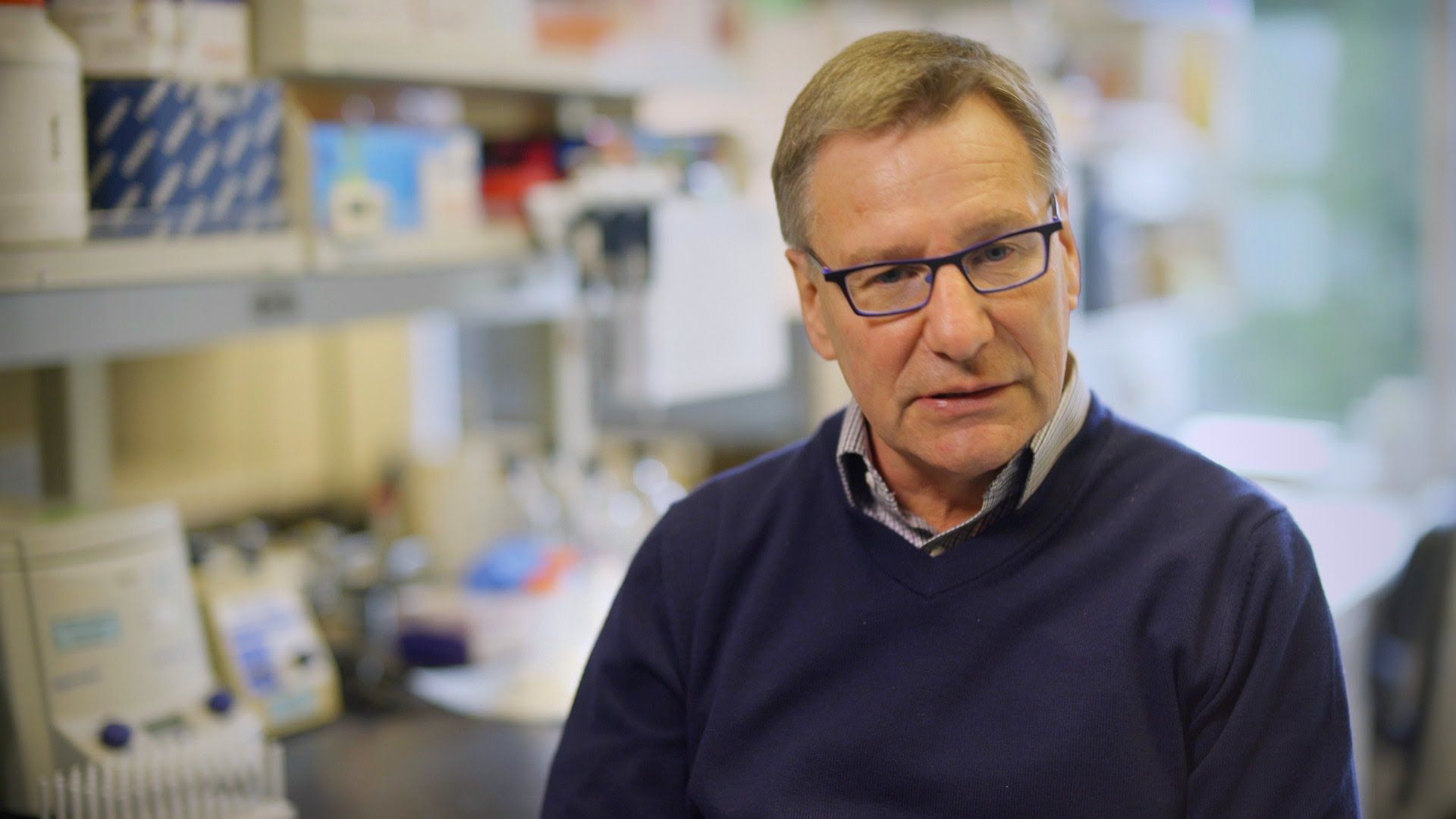
It won’t be long now before cancer is nothing but a terrible, terrible memory.
Never soon enough, though.
Continue reading “Dramatic remissions in blood cancer in immunotherapy treatment trial” »
Mar 11, 2016
Amputee feels texture with a ‘bionic’ fingertip
Posted by Sean Brazell in categories: cyborgs, electronics, transhumanism
Amputee Dennis Aabo Sørensen is the first person in the world to recognize texture (smoothness vs. roughness) using an artificial “bionic” fingertip surgically connected to nerves in his upper arm. The experimental system was developed by EPFL (Ecole polytechnique fédérale de Lausanne) and SSSA (Scuola Superiore Sant’Anna).
“The stimulation felt almost like what I would feel with my hand,” says Sørensen. “I felt the texture sensations at the tip of the index finger of my phantom hand.”
Mar 11, 2016
Russia Thinks It Can Use Nukes to Fly to Mars in 45 Days—If It Can Find the Rubles
Posted by Klaus Baldauf in category: space travel
Russia could drastically shorten the flight time to Mars, if it can find the rubles to pay for its nuclear fission engine.
Mar 11, 2016
Mining asteroids to tap resources for humanity
Posted by Klaus Baldauf in category: space
The co-founder of Planetary Resources reveals plans to harvest the cosmos for resources humanity needs — water, precious metals and diamonds.


